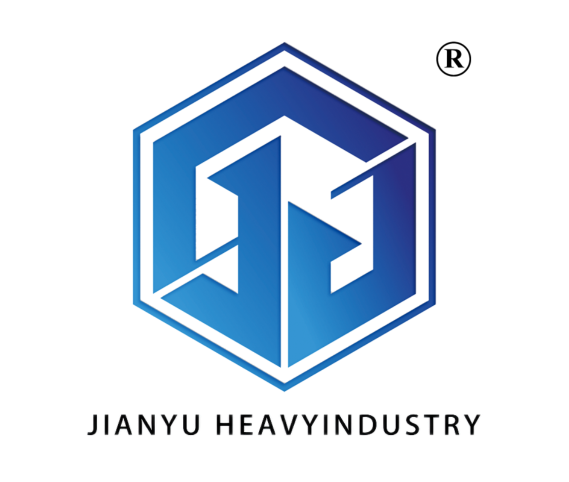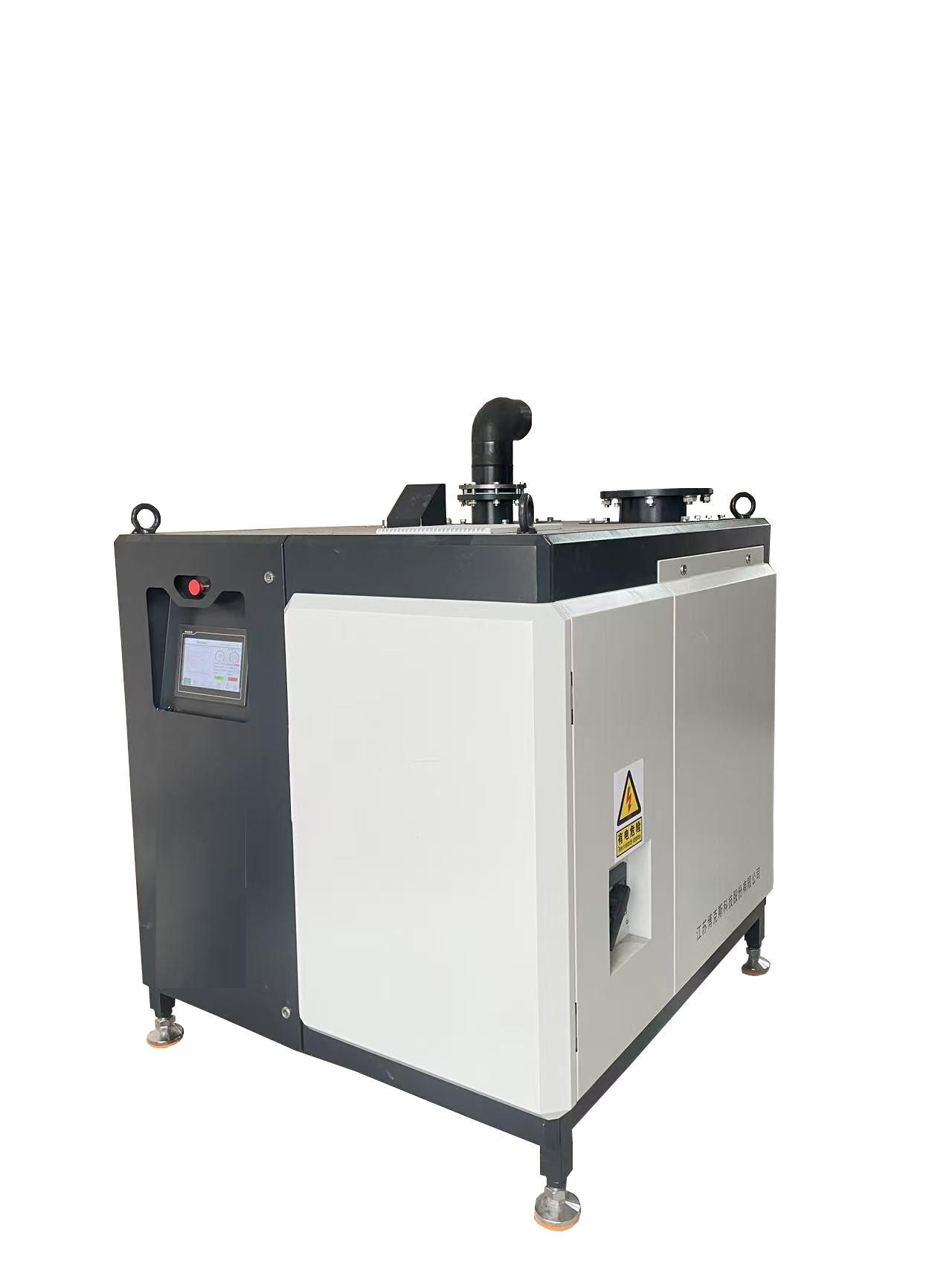Modern Materiaaltransport via Geavanceerde Transportmethoden
In de voortdurend veranderende industriële omgeving is materiaaltransport een essentieel proces dat van directe invloed is op productie-efficiëntie, productkwaliteit en werkvloerveiligheid. Naarmate industrieën groeien en zich diversifiëren, is de vraag naar efficiëntere en schonere manieren om materialen te verplaatsen toegenomen. Traditionele transportmiddelen zoals banden, schroeven of emmers hebben vaak te maken met problemen zoals besmetting, hoog onderhoudsgebruik en inefficiëntie op lange afstanden.
Onder moderne oplossingen, Verdunde en Dichte Fase Transport stelt zich als zeer effectieve methoden voor die verschillende materiaalkenmerken en operationele doelen tegemoet. Deze systemen maken gebruik van luchtstromen om poeders, granulaten of bulkvaste stoffen via gesloten pijpleidingen te transporteren. Hoewel beide methoden onder pneumatisch transport vallen, verschillen hun principes, toepassingen en resultaten aanzienlijk. Het begrijpen van de verschillen tussen verdunning- en densefase transport stelt industrieën in staat het meest geschikte systeem te kiezen, zodat productiviteit, kostenefficiëntie en productintegriteit worden gewaarborgd.
Grondslagen van pneumatisch transport
Kernprincipes van luchtgebaseerd materiaaltransport
Pneumatisch transportsystemen werken door gebruik te maken van lucht of gas om bulkmaterialen via pijpleidingen te transporteren. Het fundamentele principe is eenvoudig: een luchtstroom wekt druk of vacuüm op om vaste deeltjes van de ene naar de andere locatie te verplaatsen. De manier waarop de lucht echter met het materiaal interageert, bepaalt of het systeem werkt in verdunnings- of densefase-modus.
Gesloten systemen voor schonk en efficiënt transport
Omdat het systeem volledig gesloten is, zorgt verdunnings- en dense fase transport ervoor dat materialen tijdens het transport onvervuild blijven. Deze gesloten omgeving beschermt het product en minimaliseert stofemissies, wat bijdraagt aan schonere werkomgevingen en naleving van veiligheidsvoorschriften.

Kenmerken van verdunnings- en dense fase transport
Kenmerken van verdunningsfase transport
Bij verdunningsfase transport worden materialen opgesloten in een stroom lucht met hoge snelheid. De deeltjes worden meegevoerd bij relatief lage druk maar hoge snelheid, waardoor deze methode ideaal is voor lichte of niet-slijtende materialen producten . Veelgebruikte materialen zijn bloem, granen, suiker en plastic pellets. Het belangrijkste voordeel is de flexibiliteit, omdat het een breed scala aan materialen kan verwerken en op grotere afstanden kan werken.
Kenmerken van dense fase transport
Dense fase transport verschilt aanzienlijk, omdat het werkt met lagere snelheden maar onder hogere druk. In plaats van elk deeltje in de lucht op te sluiten, bewegen materialen in een stroom als een soort prop of slak door de leiding. Deze zachte behandeling zorgt voor minimale degradatie, waardoor dense fase systemen geschikt zijn voor breekbare, slijtende of kostbare producten zoals cement, suikerkristallen en bepaalde farmaceutische poeders.
Operationele verschillen tussen verdunning- en dense fase transport
Energie- en luchtvloeistof vereisten
Verdunning- en Dense fase transportystemen hebben verschillende eisen wat betreft energie en luchtstroom. Verdunningsfase vereist een groter luchtvolume bij lagere druk, terwijl dense fase vertrouwt op hogere druk maar minder lucht gebruikt. Dit verschil heeft gevolgen voor zowel operationele kosten als systeemontwerp.
Slijtage van leidingen
Omdat de verdunningsfase gebruikmaakt van luchstromen met hoge snelheid, is er meer slijtage aan leidingen, vooral bij het transporteren van slijtende materialen. De dense fase daarentegen minimaliseert leidingerosie door de lagere snelheden, waardoor de levensduur van apparatuur wordt verlengd en het onderhoudsbehoefte afneemt.
Toepassingen van verdunnings- en dense fase transport
Sectorbrede toepassing van verdunningsfase transport
Verdunningsfase transport wordt breed toegepast in industrieën waar veelzijdigheid en snelheid essentieel zijn. De voedings- en genotmiddelenindustrie gebruikt het voor ingrediënten zoals bloem, zetmeel en suiker, terwijl de kunststofindustrie het gebruikt voor het transporteren van lichte pellets. Vanwege de mogelijkheid om grote volumes snel te verplaatsen, is het een populaire keuze voor continue processen.
Sectorbrede toepassing van dense fase transport
Dense fase transport is gebruikelijker in industrieën die productkwaliteit en minimale schade prioritair stellen. De cementindustrie gebruikt dense fase systemen om apparatuur te beschermen tegen excessieve slijtage, terwijl de farmaceutische industrie de waarde hecht aan het behoud van de integriteit van fragiele poeders. Chemische producenten verlaten zich er ook op voor abrasieve en gevaarlijke materialen, en zorgen zo voor veilige en betrouwbare overbrenging.
Voordelen en beperkingen
Voordelen van verdunningsfase transport
De belangrijkste voordelen van verdunningsfase transport zijn flexibiliteit, relatief lagere systeemkosten en gemak van ontwerp. Het kan verschillende materialen verwerken en is aanpasbaar aan diverse fabriekindelingen. Voor industrieën die lichte en vrije stromende producten verwerken, biedt verdunningsfase een efficiënte en kostenefficiënte oplossing.
Voordelen van dense fase transport
Transport in dense fase zorgt voor zachte productbehandeling, verminderde slijtage van de leidingen en een hogere efficiëntie qua luchtverbruik. Het behoudt ook de productintegriteit beter, waardoor het geschikt is voor kwetsbare of waardevolle materialen. Hoewel de aanschafkosten hoger kunnen zijn, worden deze op lange termijn vaak gecompenseerd door lagere onderhoudskosten en minder productverlies.
Factoren bij het kiezen van een systeem
Materiaal Kenmerken
De keuze tussen verdunning- en dense fase hangt sterk af van de eigenschappen van het te verwerken materiaal. Factoren zoals korrelgrootte, slijtvastheid, kwetsbaarheid en vochtgehalte spelen allen een rol bij de bepaling van het meest effectieve systeem.
Afstand en capaciteitseisen
Langere transportafstanden zijn vaak gunstiger voor verdunningsfase systemen vanwege hun vermogen om grote volumes snel te verplaatsen. Dense fase systemen zijn echter geschikter voor kortere afstanden waarbij het behoud van de productkwaliteit prioriteit heeft.
Kosten- en Onderhoudsoverwegingen
Hoewel systemen in vloeistoffase lagere initiële kosten kunnen bieden, lopen industrieën die omgaan met slijtagegevoelige materialen het risico op hogere onderhoudskosten. Systeemoplossingen in vaste-fase, hoewel duurder bij aanschaf, kunnen de operationele kosten op lange termijn verlagen door verminderde slijtage aan apparatuur en behoud van het product.
Integratie van vloeistof- en vaste-fase transport in moderne installaties
Hybride oplossingen voor uiteenlopende behoeften
Sommige installaties combineren vloeistof- en vaste-fase transport om hun processen te optimaliseren. Lichte materialen kunnen via vloeistoftransport worden vervoerd, terwijl brosse of slijtende producten de vaste-fase leidingen gebruiken. Deze hybride aanpak maximaliseert de efficiëntie en past zich aan aan meerdere producteisen.
Automatisering en besturingstechnologieën
Moderne vloeistof- en vaste-fase transportsystemen worden steeds vaker geïntegreerd met automatisering. Slimme besturingen, real-time monitoring en data-analyse verbeteren de efficiëntie, voorspellen onderhoudsbehoefte en verhogen de algehele systeembetrouwbaarheid.
Economische en milieueffecten
Kosten-efficiëntie en ROI
De langetermijnrendement van Dilute- en Dense Phase Conveying hangt af van het materiaaltype, de frequentie van gebruik en het onderhoud. Dense fase levert vaak een betere rendement op voor abrasieve of breekbare materialen, terwijl dilute fase kostenvoordelen biedt in toepassingen met een hoog volume en geringe eisen.
Duurzaamheid en milieurespons
Beide transportsystemen dragen bij aan duurzaamheid door stofemissies te minimaliseren en productverlies te voorkomen. Energie-efficiënte ontwerpen en gesloten systemen sluiten bovendien aan op wereldwijde inspanningen om het milieu-effect van industriële processen te verminderen.
Toekomstige ontwikkelingen in transportsystemen
Innovaties in energie-optimalisatie
Naarmate industrieën op zoek gaan naar groenere oplossingen, richt het onderzoek zich op het verbeteren van de energie-efficiëntie van Dilute- en Dense Phase Conveying-systemen. Nieuwe compressoren, intelligente luchtbeheersing en adaptieve regelsystemen helpen om het stroomverbruik te verminderen.
Aanpassing aan sector-specifieke behoeften
Toekomstige ontwikkelingen zullen waarschijnlijk de nadruk leggen op personalisatie. Het aanpassen van systemen voor verdunnings- en dichtefase-transport aan specifieke industrieën, zoals farmacie, chemie of voedselverwerking, zorgt ervoor dat bedrijven maximale efficiëntie en veiligheid bereiken in hun operaties.
FAQ
Welke materialen zijn het meest geschikt voor transport in verdunningsfase
Lichte, vrijstromende en niet-slijtende materialen zoals bloem, granen, suiker en kunststofkorrels zijn het meest geschikt voor transport in verdunningsfase.
Wat zijn de belangrijkste voordelen van transport in dichte fase
Transport in dichte fase behandelt slijtende of breekbare materialen zacht, veroorzaakt minder slijtage aan leidingen en behoudt de productintegriteit, waardoor het ideaal is voor industrieën met gevoelige producten.
Hoe kiezen industrieën tussen transport in verdunningsfase en transport in dichtefase
De keuze hangt af van de eigenschappen van het materiaal, het transportbereik, de benodigde capaciteit en de algehele kostenoverwegingen. Overleg met systeeminginieurs zorgt voor de meest effectieve oplossing.
Kunnen systems voor het transporteren van verdunde en dichte fasen samen worden gebruikt
Ja, veel installaties combineren beide systemen om de efficiëntie te maximaliseren. Het verdund fasentransport wordt gebruikt voor lichte materialen, terwijl het dichte fasentransport brosse of slijtende producten vervoert.
Inhoudsopgave
- Modern Materiaaltransport via Geavanceerde Transportmethoden
- Grondslagen van pneumatisch transport
- Kenmerken van verdunnings- en dense fase transport
- Operationele verschillen tussen verdunning- en dense fase transport
- Toepassingen van verdunnings- en dense fase transport
- Voordelen en beperkingen
- Factoren bij het kiezen van een systeem
- Integratie van vloeistof- en vaste-fase transport in moderne installaties
- Economische en milieueffecten
- Toekomstige ontwikkelingen in transportsystemen
-
FAQ
- Welke materialen zijn het meest geschikt voor transport in verdunningsfase
- Wat zijn de belangrijkste voordelen van transport in dichte fase
- Hoe kiezen industrieën tussen transport in verdunningsfase en transport in dichtefase
- Kunnen systems voor het transporteren van verdunde en dichte fasen samen worden gebruikt

